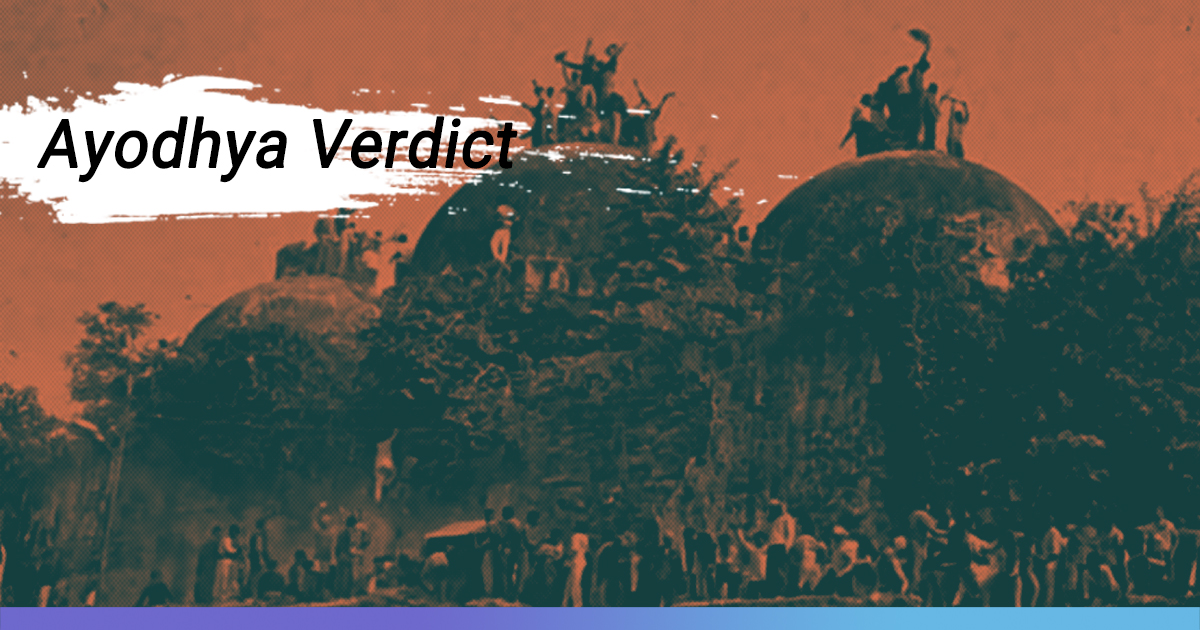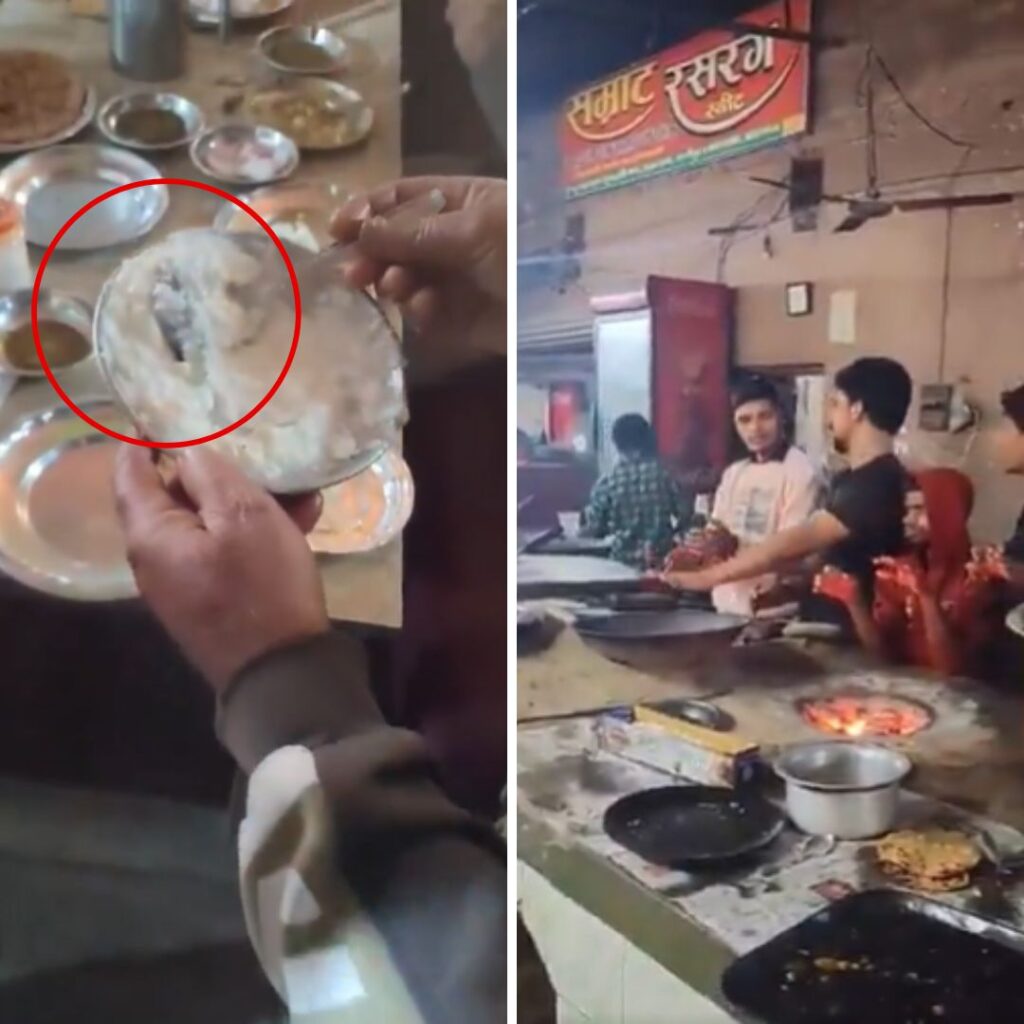The disputed site to be given to Ram Janmbhoomi nyas
SC ordered the Centre to establish a trust under Ayodhya act. Possession of site to be handed over to the trust which will ensure 5 acres of the land to be given to Sunni Waqf Board within Ayodhya while around 67 acres to be given to building Ram Mandir
SC ordered alternative land to Muslims
SC says Allahabad HC was wrong in dividing the disputed site into three parts
SC says it will give relief in suits filed by Sunni Waqf Board and deity
Destruction of the mosque in 1992 was in breach of SC order
For 325 years, from the construction of the mosque till 1857, Muslims have given no evidence of offering prayers at the disputed structure in exclusion of Hindus
But Hindus always believed that the birthplace of Ram was in the inner courtyard of the mosque, says SC
But documents show that prior to 1857, Hindus were not barred from worshipping in the inner courtyard. The railings segregating the outer and inner courtyard was made in 1857
Though there were obstructions, Muslims continued to offer namaz inside the inner courtyard. So, the Muslims have not abandoned the mosque
Act of placing an idol in 1949 is an act of desecration
Babri Masjid not constructed on vacant land. There was a structure underlying the disputed structure. The underlying structure was not an Islamic structure.
The claim of Nirmohi Akhara is only of management. Nirmohi Akhara is not a Shabait, rules Supreme Court
This Court set up under the Constitutional scheme should defer from interfering with faith and belief of worshippers. Secularism basic feature of the Constitution
Idols and deity were placed in the structure in 1949
Facts have traversed history, religion, and law
Courtroom 1 declared the judgement unanimous
Shia Waqf Board petition claiming ownership dismissed
Ayodhya judgement reading started; The Supreme Court will take 30 minutes to complete the reading of the final verdict











